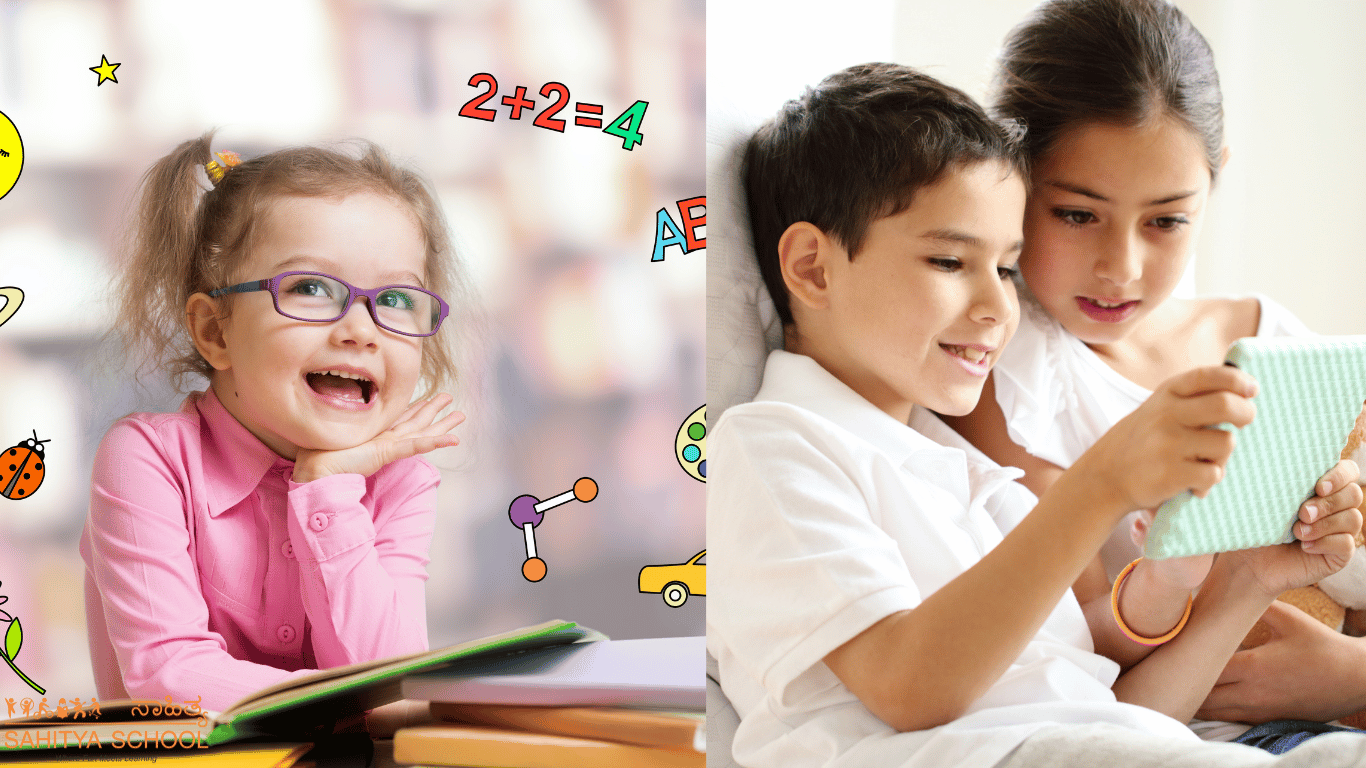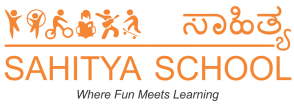
Today’s Generation: Dependency on Books and Electronic Gadgets for Learning
In the 21st century, the way children approach learning has undergone a remarkable transformation. While books have traditionally been the cornerstone of education, electronic gadgets like tablets, smartphones, and laptops have become indispensable tools for today’s generation. This dual reliance on books and gadgets reflects both the evolution of educational practices and the shifting preferences of young learners.
The Timeless Role of Books
Books have been the bedrock of learning for centuries. They offer children an immersive experience, allowing them to develop critical thinking, imagination, and a deep understanding of various subjects. Books demand focus and patience, qualities that are essential for intellectual growth. Whether it’s the tactile feel of turning pages or the satisfaction of completing a chapter, books foster a sense of accomplishment that is hard to replicate in the digital realm.
Moreover, books provide an unfiltered source of knowledge. Unlike digital platforms, which may sometimes present information in fragmented or oversimplified formats, books encourage children to engage with complex ideas and narratives. They also serve as a distraction-free medium, helping learners to concentrate without the constant interruptions of notifications or advertisements.
The Rise of Electronic Gadgets in Education
Electronic gadgets, on the other hand, have revolutionized the accessibility and delivery of education. Digital tools offer interactive learning experiences that are both engaging and versatile. Platforms like e-books, educational apps, and online courses make learning more dynamic and tailored to individual needs. For example, gamified apps can turn math and science concepts into enjoyable challenges, making even the most reluctant learners more enthusiastic.
The internet, accessible through gadgets, has opened the doors to a virtually infinite repository of information. Students can explore diverse perspectives on any topic, participate in online discussions, and even collaborate on projects with peers from around the world. This connectivity not only broadens their horizons but also prepares them for a future where digital literacy is a fundamental skill.
The Balance Between Books and Gadgets
While both books and electronic gadgets have their advantages, over-reliance on either can lead to challenges. Excessive screen time has been linked to issues like reduced attention spans, digital addiction, and even physical strain such as eye fatigue. On the other hand, sticking solely to traditional books might limit children’s exposure to the technological skills required in today’s fast-paced world.
Striking a balance is key. Parents and educators can encourage children to use gadgets as supplementary tools while maintaining the foundational role of books. For instance, students can use e-books for portability and convenience but still refer to physical textbooks for in-depth study sessions. Similarly, digital platforms can be used to clarify complex topics through videos or simulations, while books can provide the detailed explanations needed for mastery.
Encouraging Healthy Learning Habits
To foster a balanced dependency, parents and educators can adopt the following strategies:
- Set Screen Time Limits: Establish guidelines for how much time children can spend on electronic gadgets to ensure they also engage with physical books and outdoor activities.
- Promote a Love for Reading: Create a reading-friendly environment at home by stocking a variety of books that cater to different interests and age groups.
- Integrate Technology Mindfully: Use gadgets to complement, not replace, traditional learning methods. For instance, pair book-based assignments with research tasks using online resources.
- Teach Digital Literacy: Equip children with the skills to evaluate online information critically, ensuring they understand how to discern credible sources from unreliable ones.
Conclusion
Today’s generation is fortunate to have access to both the timeless wisdom of books and the dynamic potential of electronic gadgets. By embracing the strengths of both mediums and addressing their limitations, we can empower children to become well-rounded learners. The ultimate goal should be to cultivate a love for lifelong learning, whether through the pages of a book or the screen of a tablet.




